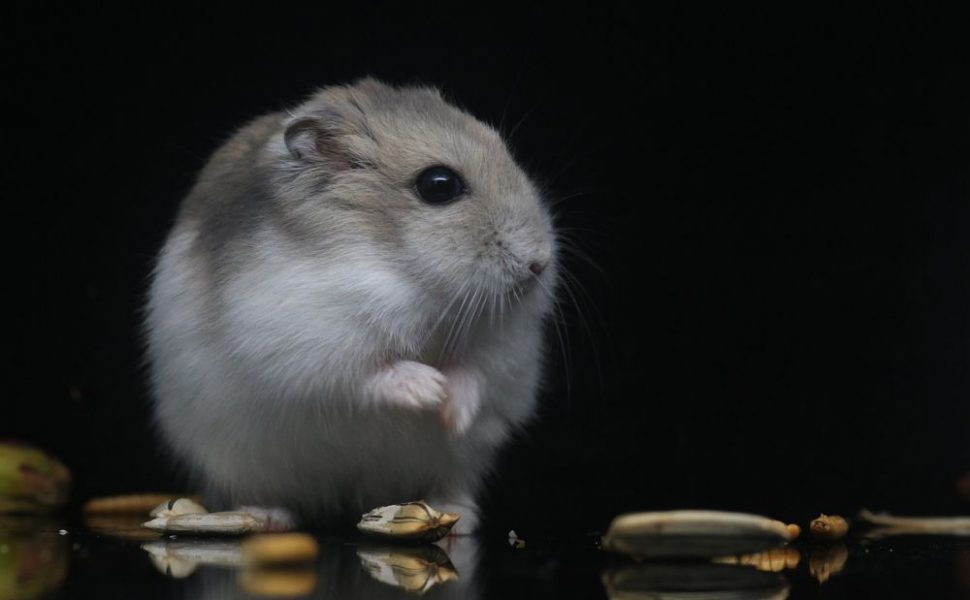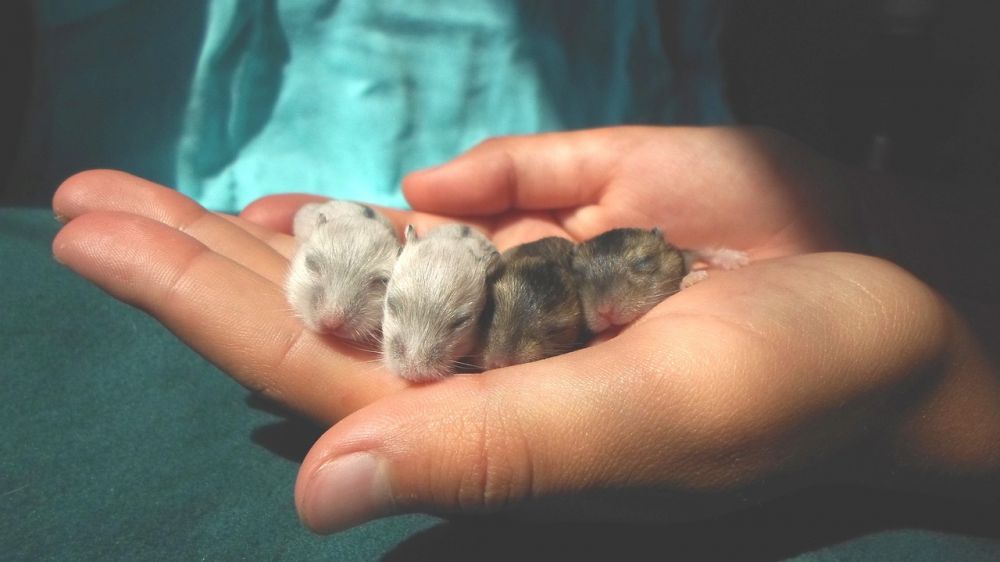Hamster Mature: A Comprehensive Guide to Aging Hamsters

Introduction
Hamsters have long been popular pets due to their small size, low maintenance, and adorable appearance. As hamsters mature, their needs and behaviors change, requiring different care and attention. In this article, we will provide an in-depth overview of hamster maturity, including the types of aging hamsters, popular choices among pet owners, and quantitative measurements regarding aging hamsters. We will also discuss the distinct differences among various kinds of mature hamsters and delve into the historical pros and cons associated with different types.
A Comprehensive Presentation of Hamster Mature

Hamster maturity refers to the stage when hamsters reach adulthood and transition into their senior years. Typically, hamsters become mature around the age of eight to twelve months, depending on their breed. There are several types of hamsters, each with its own unique characteristics and popularity. The most common types include Syrian hamsters, Russian dwarf hamsters, Roborovski hamsters, and Chinese hamsters.
Syrian hamsters, also known as golden hamsters, are the largest among the breeds, reaching an average length of 5-7 inches. They have a lifespan of around two to three years and are known for their friendly and docile nature. Syrian hamsters are highly popular as pets due to their solitary tendencies, making them easy to care for.
Russian dwarf hamsters, as the name suggests, are smaller in size compared to Syrian hamsters. They come in various colors and patterns, adding to their visual appeal. These hamsters are sociable and prefer to live in pairs or small groups. Their average lifespan ranges from one and a half to two years.
Roborovski hamsters, also called Robos, are the smallest hamster breed, measuring just 2-3 inches in length. They have a lifespan of approximately three years and are known for their high energy levels and agility. Unlike Syrian hamsters, Roborovski hamsters are social animals and can live in same-sex pairs or small groups.
Chinese hamsters closely resemble mice in appearance, featuring a slim and elongated body. They have a lifespan similar to Syrian hamsters, reaching up to three years. Chinese hamsters prefer living alone and can become territorial if housed with other hamsters.
Quantitative Measurements of Hamster Mature
When analyzing hamster maturity, several quantitative measurements come into play. These include average lifespan, body length, weight, and specific aging markers. While the exact measurements vary depending on the hamster type, it is crucial to provide a general idea to potential hamster owners.
For instance, Syrian hamsters have an average lifespan of 2-3 years, measuring 5-7 inches in length and weighing around 4-6 ounces. On the other hand, Russian dwarf hamsters have a lifespan of 1.5-2 years, measuring around 2-3 inches and weighing approximately 1-2 ounces. Roborovski hamsters have a similar lifespan to Syrian hamsters but are significantly smaller, measuring 2-3 inches and weighing roughly 0.7-1 ounce. Chinese hamsters have a lifespan of up to three years, measuring around 4.5 inches and weighing about 1-2 ounces.
Differences among Aging Hamsters
As hamsters mature, they exhibit various specific traits and requirements, highlighting the differences among the different breeds. For example, Syrian hamsters tend to become less active and spend more time sleeping as they age. Their dietary needs also change, requiring a shift towards a more balanced and fiber-rich diet compared to their younger counterparts.
Russian dwarf hamsters may experience a decrease in mobility due to age-related joint issues. They may require extra care, such as providing softer bedding and making their living environment more easily accessible. Additionally, their dental health may deteriorate, requiring softer food options to accommodate any potential teeth problems.
Roborovski hamsters, despite their small size, often retain high energy levels well into their senior years. However, they may develop age-related eye conditions or arthritis, demanding special attention from their owners. Ensuring a suitable environment with ramps or platforms can help ease any discomfort caused by joint stiffness.
Chinese hamsters, similar to Syrian hamsters, tend to become less active and may experience weight gain as they age. Providing them with ample exercise opportunities and monitoring their diet becomes crucial to prevent obesity-related health issues.
Historical Overview: Pros and Cons of Different Aging Hamsters
When examining hamster maturity, it is essential to consider the historical pros and cons associated with each breed. Syrian hamsters have remained a popular choice among pet owners due to their friendly temperament and relative ease of care. However, their solitary nature can make them prone to loneliness if not provided with enough mental and physical stimulation.
Russian dwarf hamsters are appealing to owners looking for social interaction with their pets. Their small size allows for easy handling, and their playful nature adds entertainment value. However, their short lifespan may be a drawback for those seeking a longer-lasting companion.
Roborovski hamsters, with their tiny size and high energy levels, provide an exciting and active experience for owners. However, their small stature may make handling them more challenging, and their lifespan is similar to Syrian hamsters, making them a relatively short-term pet.
Chinese hamsters, similarly to Syrian hamsters, are solitary and independent, making them suitable for owners seeking a low-maintenance pet. Their unique appearance appeals to many, but their tendency to become less active with age may be a drawback for those seeking a more lively pet.
[INSERT VIDEO HERE]
Conclusion
In conclusion, hamster maturity involves various factors that pet owners should be aware of to provide the best care for their aging hamsters. Understanding the differences among the breeds, quantitative measurements, and historical pros and cons can aid in making an informed decision regarding the appropriate type of hamster for an individual’s lifestyle and preferences. By acknowledging the changes hamsters undergo as they mature, owners can ensure their pets’ well-being and make their senior years as enjoyable as possible.
















































